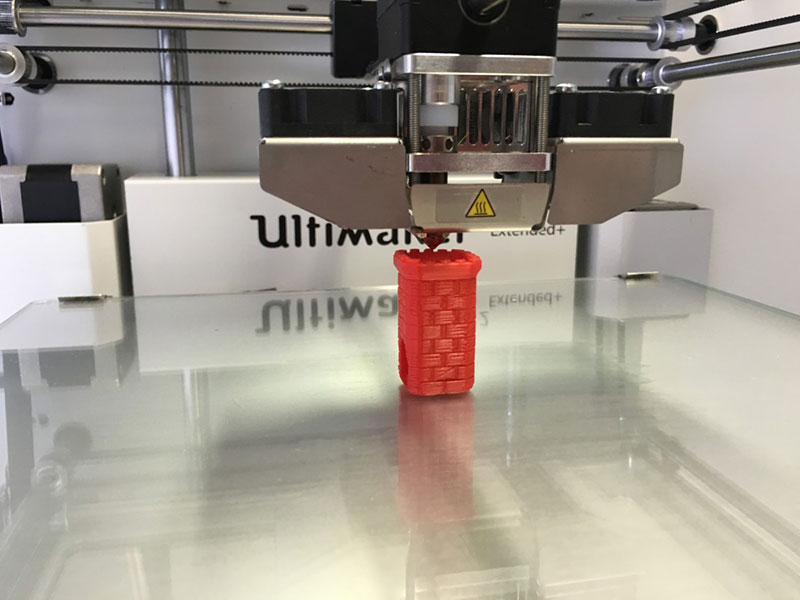The global 3D printed wearables market size is expected to reach USD 5.5 billion by 2027, expanding at a CAGR of 8.2%, according to a new report by Grand View Research, Inc. 3D printed wearable technology has witnessed high adoption in the healthcare industry. Due to numerous technological innovations in this sector, the market is expected to show significant growth over the forecast period. The demand for 3D printing is on the rise, probably due to the technology’s ability to customize products to fit a customer’s requirements. Moreover, numerous manufacturers have invested in the R&D of 3D printed wearables owing to increasing demand in the healthcare industry.
Read more Silicone 3D Printing Paving The Way for Soft Robotics And Wearables
Key suggestions from the report:
- The prosthetics segment dominated the market in 2019 with a share of around 35.9% owing to increasing demand for prosthetics implants in developing countries
- The surgical instruments segment is anticipated to register the fastest growth of 8.6% over the forecast period
- The academic institutes segment accounted for the highest revenue share of 36.2% in 2019 and is anticipated to maintain its dominance over the forecast period due to increasing investment in R&D of 3D printing wearable devices
- The hospital segment is expected to register the fastest growth of 8.5% over the forecast period
- North America held the maximum revenue share of 40.6% in 2019. This can be attributed to the rapid increase in the development of wearable devices to meet the growing demand for efficient healthcare in the country.
As per the survey, it is estimated that the healthcare wearable industry is estimated to reach USD 40 Million revenue by 2022 owing to the constantly improving quality of healthcare wearables and increasing aging population. Due to these factors, the demand for portable medical devices is seen increasing in near future, says a press release.
The 3D printed medical devices can collect info including steps counts a person has walked in a day and the pulse rate. The research within the technology is presently intensive on sensors and flexible materials and their ability to be both bendy and pliable. These properties are perfect for wearables particularly in products such as small discrete sensors and smartwatches.
North America accounted for the highest revenue share of 40.6% in 2019 owing to its increasingly aging population, numerous technological innovations in the devices, and increasing investment in R&D. In addition, increase in the scope of biomedical applications, collaborations between academic institutions and hospitals, and widespread R&D activities at the industrial and academic level have fueled the market growth. Also, the presence of major players in the region contributed to market growth.

Grand View Research has segmented the global 3D printed wearables market based on product type, end-user, and region:
3D Printed Wearables Product Type Outlook (Revenue, USD Million, 2016 – 2027)
- Prosthetics
- Orthopedic Implants
- Surgical Instruments
- Smartwatches
- Fitness Trackers
3D Printed Wearables End-user Outlook (Revenue, USD Million, 2016 – 2027)
- Hospital
- Pharma and Biotech companies
- Academic Institutes
- Others
List of Key Players of 3D Printed Wearables Market
- 3D Systems corporation
- EnvisionTEC
- Stratasys Ltd.
- Arcam AB
- CyfuseBiomedical
- Koninklijke Philips N.V.
- Zephyr Technology Corporation
- Omron Corporation
- Everist Health
- LifeWatch AG












